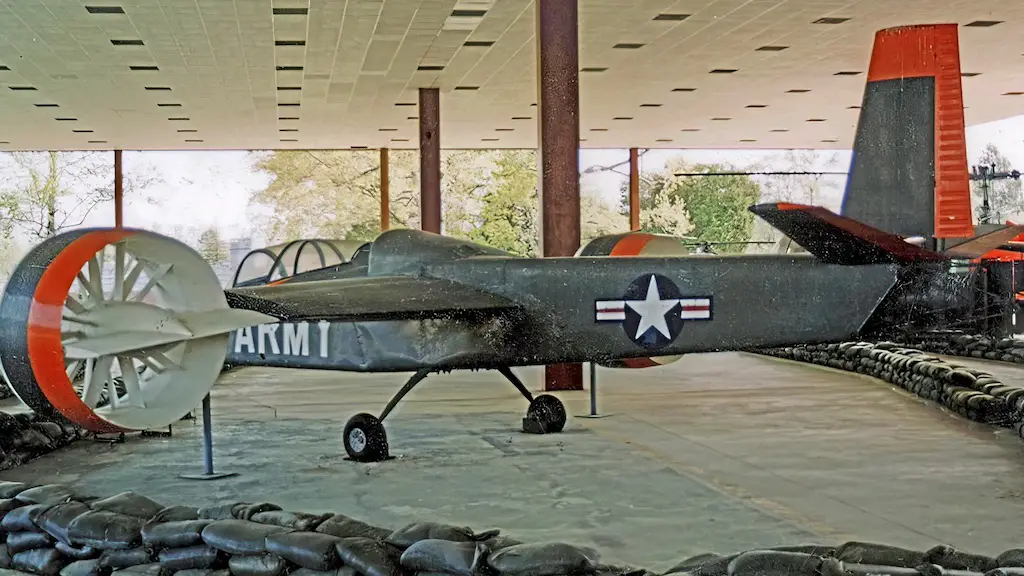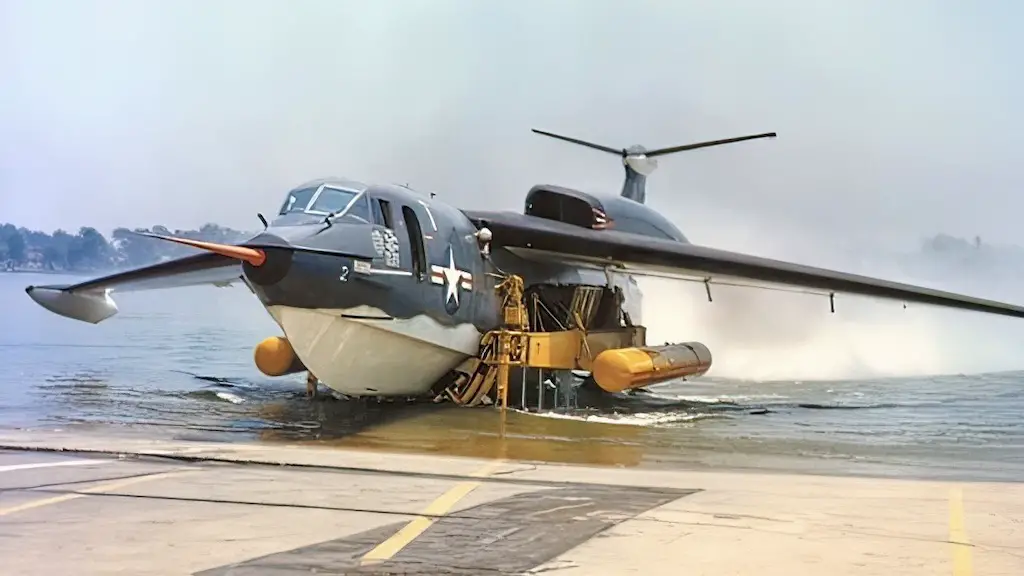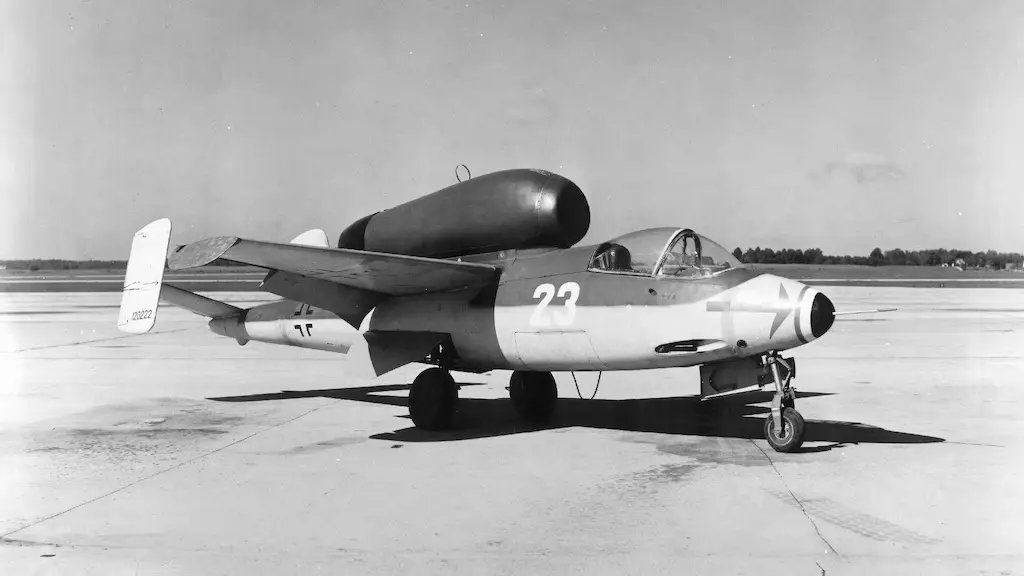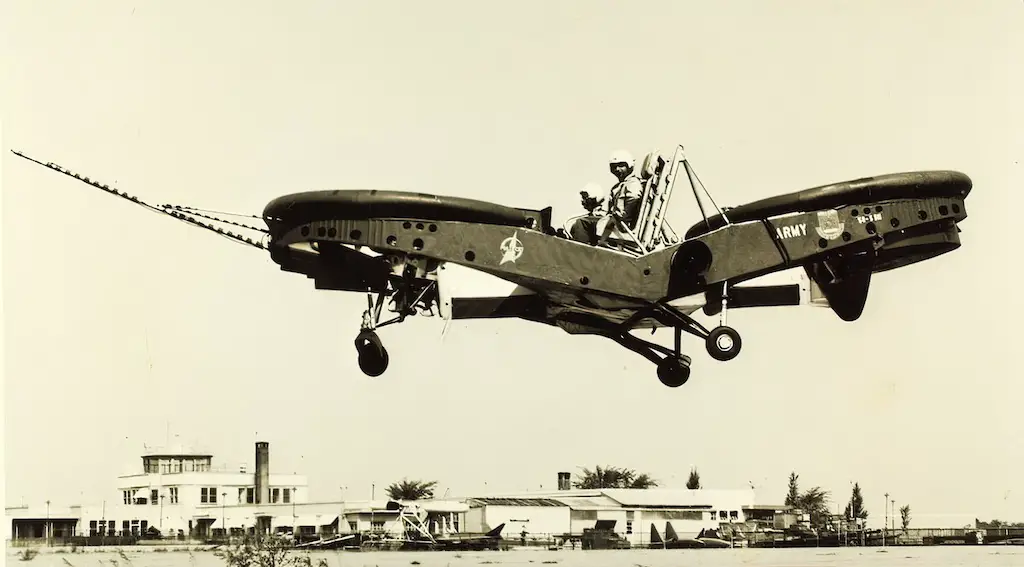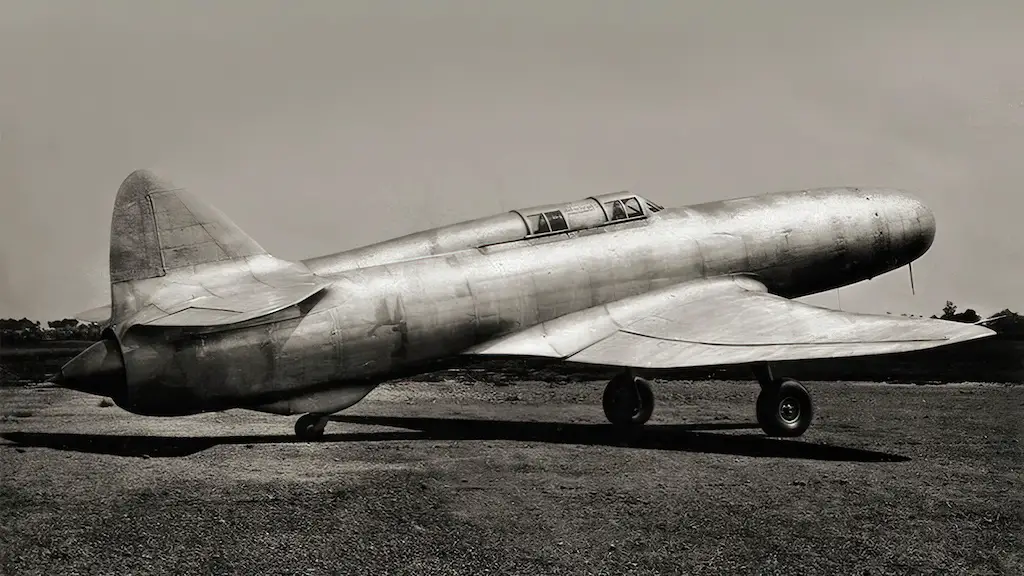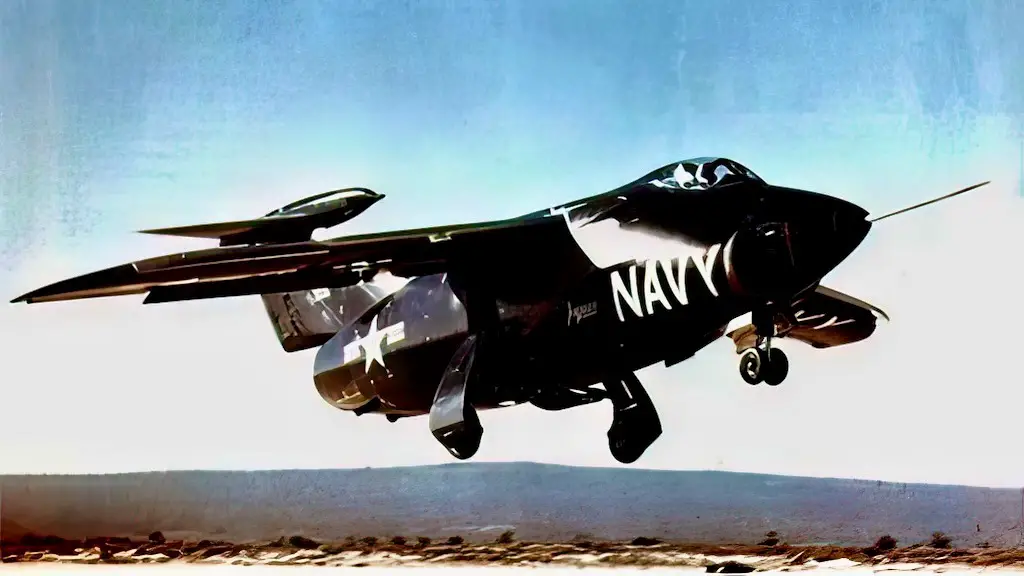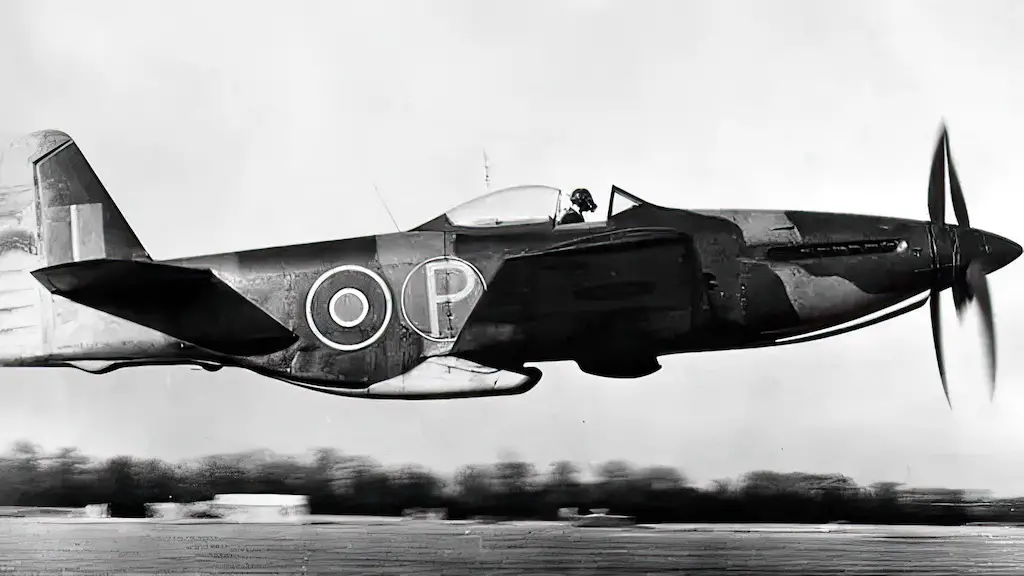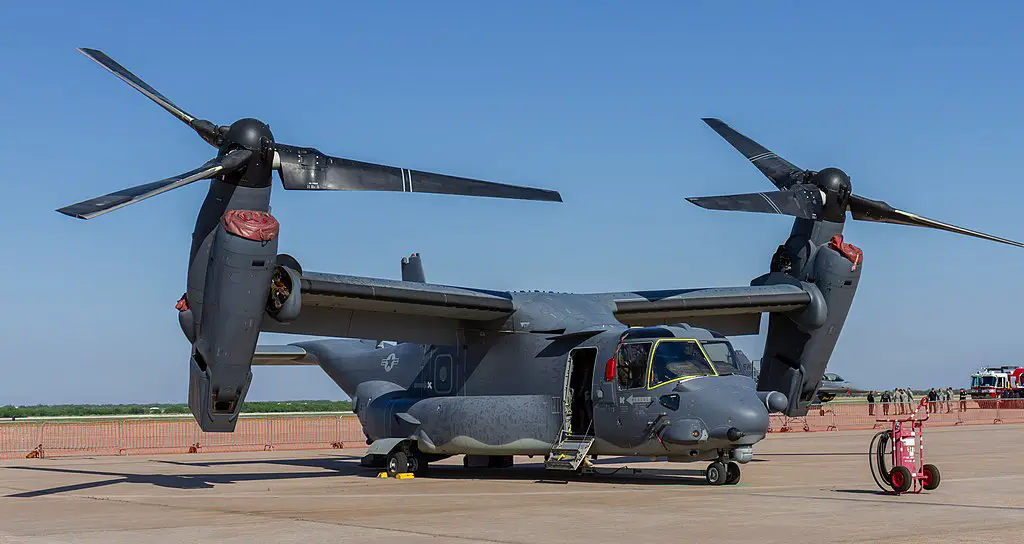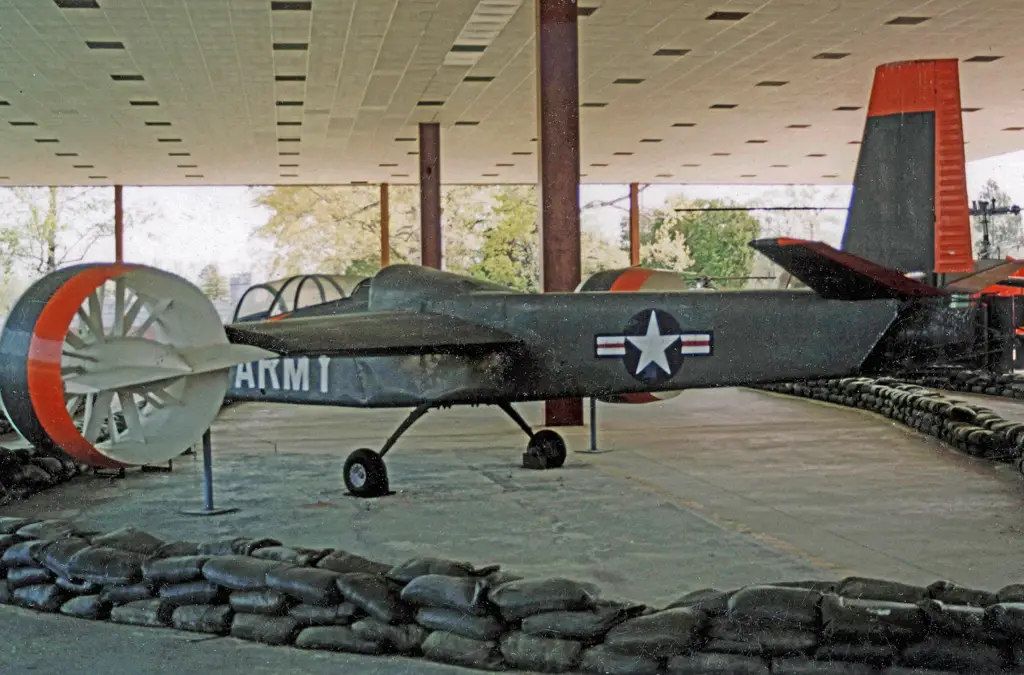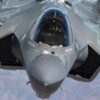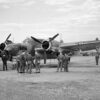The Doak Model 16, also known as VZ-4, arguably had the most elegant appearance among a string of experimental non-helicopter VTOL vehicles tested by the US Army throughout the 1950s and early 1960s. At any rate, it looked the most-plane like of them all. It showed some pretty decent performance, too.
Ducted fans
In 1950, Edmond R. Doak, president of the Doak Aircraft Company, proposed the Doak 16 to the US Army. Himself an aeronautical engineer, Doak had experimented with ducted fan designs since mid-1930s. As the US military got increasingly interested in the idea of building small tactical VTOL vehicles to increase troops’ mobility on the battlefield, Doak’s idea of an aircraft propelled by a tilting ducted fan gained the Pentagon’s attention. In April 1956 Doak got the US Army contract to build such craft.
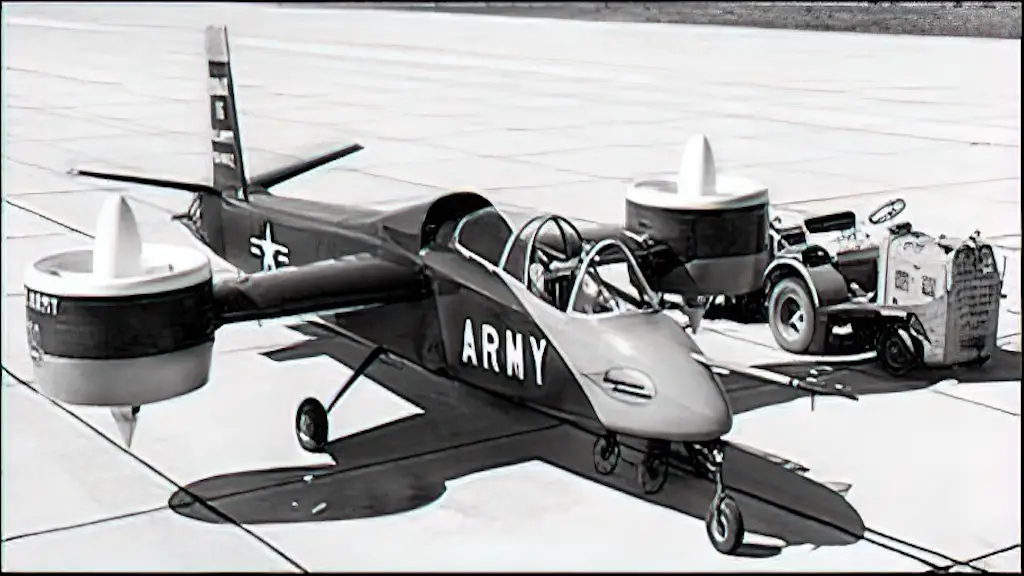
Powerplant
The Doak 16 had two ducted fans, each five feet in diameter, placed on the wingtips. They were powered by a single powerplant located in the fuselage. It was an 840 hp Lycoming YT53 turboprop, later substituted for a 1,000 hp Lycoming T53-L-1 turbine. During takeoff and landing the fans were positioned vertically, rotating to a horizontal orientation when the aircraft transitioned to a level flight.
In other respects, the Doak 16 was quite a regular aircraft, featuring a two-place tandem cockpit, a conventional tail unit, and a tricycle landing gear. Its fuselage was made of steel tubing with molded fiberglass and aluminum sheet covering. To save time and money building the demonstrator Doak scavenged parts from several aircraft, including an F-51 Mustang and a Cessna 182.
Good performance, wrong timing
The Doak 16’s first untethered hovering flight took place on February 25, 1958. Following initial testing by Doak at Torrance Municipal Airport, the aircraft was brought first to Edwards AFB and then to Langley for further tests by NASA and the Army
. It demonstrated a maximal speed of 229 mph, performed all sorts of takeoffs and landings, including conventional, vertical and short ones, as well transitions from vertical to horizontal flight and back. It was not without problems, of course. Among the most serious ones was the aircraft’s nose-up tendency during transition into horizontal flight.
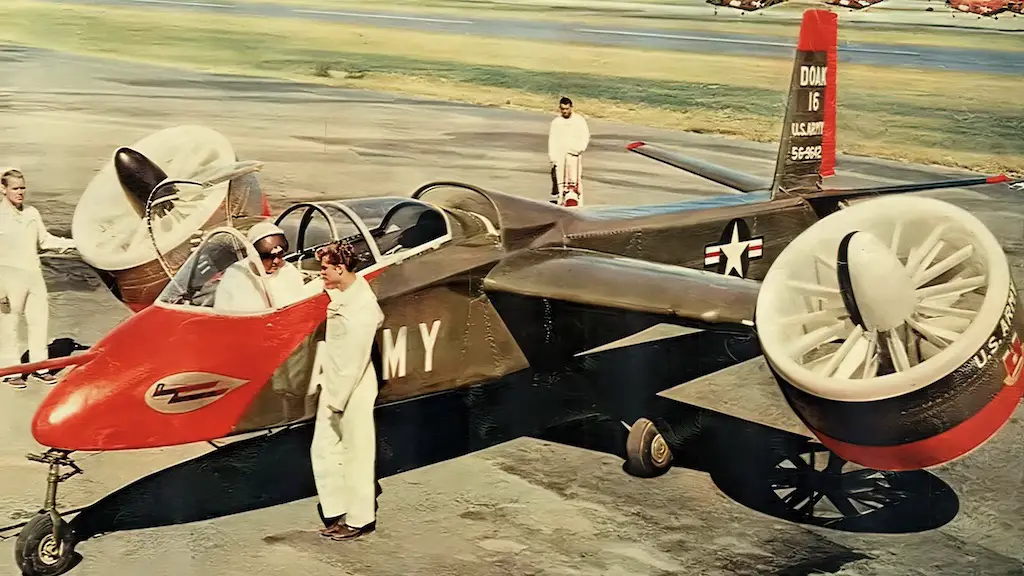
Although Doak 16 showed quite good performance and its downsides could be alleviated, it never got to be anything more than a prototype. The Doak Aircraft Company ran into serious financial problems and effectively shut down by 1961. That wasn’t the main problem, though. The company sold the patent and files to the Douglas Aircraft, which was eager to continue developing the model.
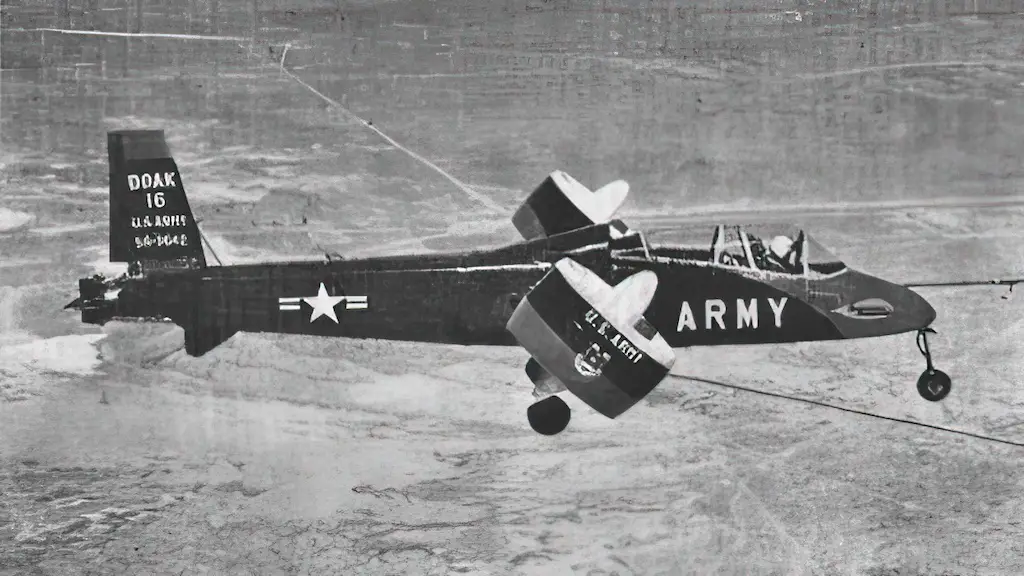
Unsuitable
However, by that time the Pentagon was leaning toward the use of conventional choppers. The helicopter technology had matured by then, providing the Army with reliable and easy-to-operate combat and utility vehicles. On the other hand, various extravagant VTOL vehicles tested by the US Army in those years, proved to be too raw concepts unsuitable for immediate combat deployment.
By 1963 the Army was done and over with the Doak 16, although NASA kept it for several more years. Nevertheless, aircraft designers would revisit those concepts in the following decades, and in some cases, like with the V-22 Osprey tiltrotor, that would bear fruit.
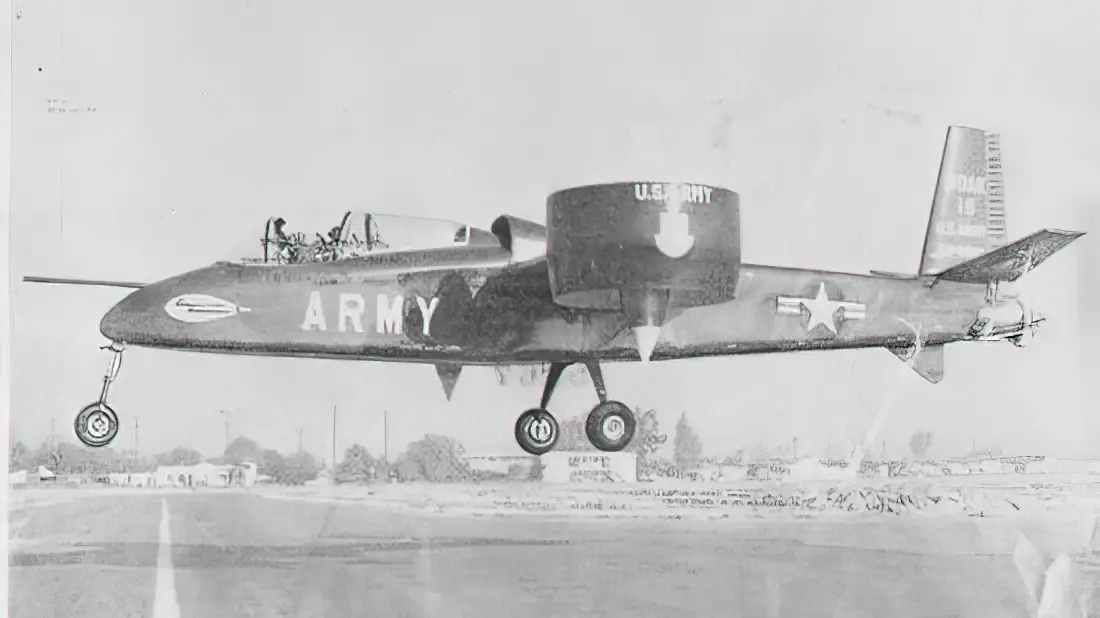
The Doak 16 got luckier than many of its demonstrator brethren of the time, which were cut up for scrap once the test program was over. Only a single prototype was built, and the U.S. Army withdrew it from active trials in 1963. The single Doak 16 prototype has been preserved and remains on display at the U.S. Army Transportation Museum at Fort Eustis, Virginia.
